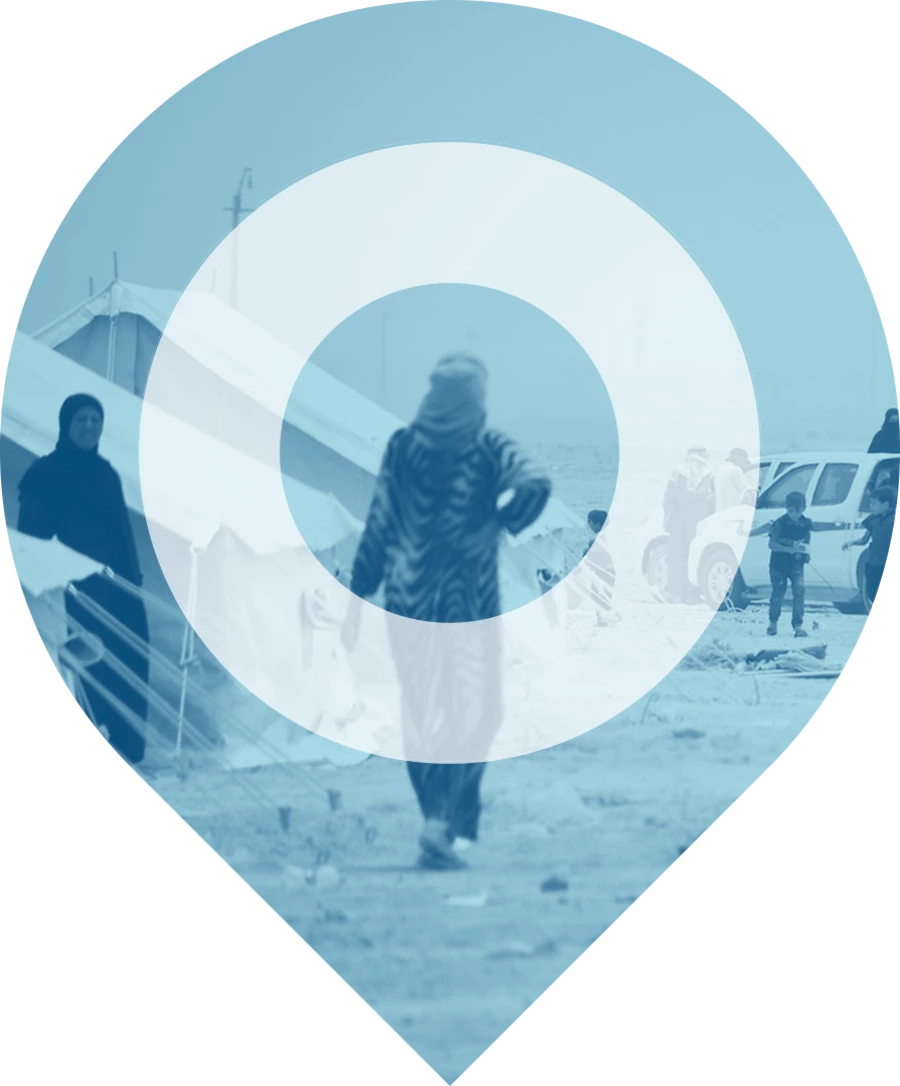Weekly
highlights
Every week, we publish new highlights on recent humanitarian developments to enable crisis responders to prioritise based on the needs of affected populations.
09/07/2025
Syria
High temperatures, prolonged drought, and strong winds have been causing widespread wildfires since 30 June, primarily impacting Latakia governorate, as well as Homs and Tartous. At least 25,000 people have been affected, with over 2,000 evacuated to nearby villages or Latakia City to stay with host families. Immediate needs include medical supplies, mobile clinics, water tanks, emergency food, and safe drinking water. By 8 July, the continuous fires had destroyed at least 180 km² of land, killed livestock, and destroyed crops and olive groves. Electricity and water pumping services have been disrupted, with the Al Basit power station damaged. The presence of unexploded ordnance and remnants of war hinders firefighting efforts. This marks the fifth consecutive year of wildfires in Latakia, with this crisis recorded as the worst following Syria's most severe drought in 36 years. The fires' impact on agriculture is expected to worsen food insecurity, with 9.1 million people already experiencing acute food insecurity in 2025. (SARC 08/07/2025, OCHA 07/07/2025, FAO 01/07/2025)
08/07/2025
Venezuela
Since June 2025, a powerful tropical wave has been causing heavy rains, flash floods, and landslides across Venezuela, particularly in the states of Apure, Barinas, Mérida, and Zulia, in the western part of the country. The Government reported that 25,000 people were affected at the end of June. Floods and subsequent landslides damaged nearly 400 homes, as well as roads, bridges, and public services, including the power grid. As a result, communities risk isolation. Damages to the water supply infrastructure and contamination of natural sources have reduced access to drinking water, increasing the risk of waterborne diseases. Some of the states affected already had limited access to healthcare services in rural and remote locations. The people affected require access to WASH, healthcare, and shelter. The Government is responding to the emergency, but Venezuela’s economic and political crisis may hinder its ability to support people in need. (IMC 03/07/2025, El Pais 27/06/2025, IFRC 27/06/2025)
03/07/2025
Indonesia
New waves of displacement were reported in June due to ongoing armed conflict between Indonesian security forces and the West Papua National Liberation Army (TPNPB). Displacement increased significantly from 86,886 to 97,650 IDPs over March-June. Entire districts such as Sinak in Puncak and Hitadipa in Intan Jaya have become completely depopulated, as residents fled to escape intensified clashes. Conflict has damaged schools, health centers, and roads, especially in Nduga, Intan Jaya, and Maybrat. Many public facilities remain non-functional or abandoned, limiting access to education, healthcare, and mobility for displaced and conflict-affected communities.
According to local sources, many of the displaced are reportedly sheltering in severely overcrowded conditions. In Nabire, up to seven families were found sharing a single dwelling. Food shortages mean most IDPs are surviving on just one to two meals per day, while many have lost their homes and livestock. Access to healthcare and education is critically limited, especially for children.


